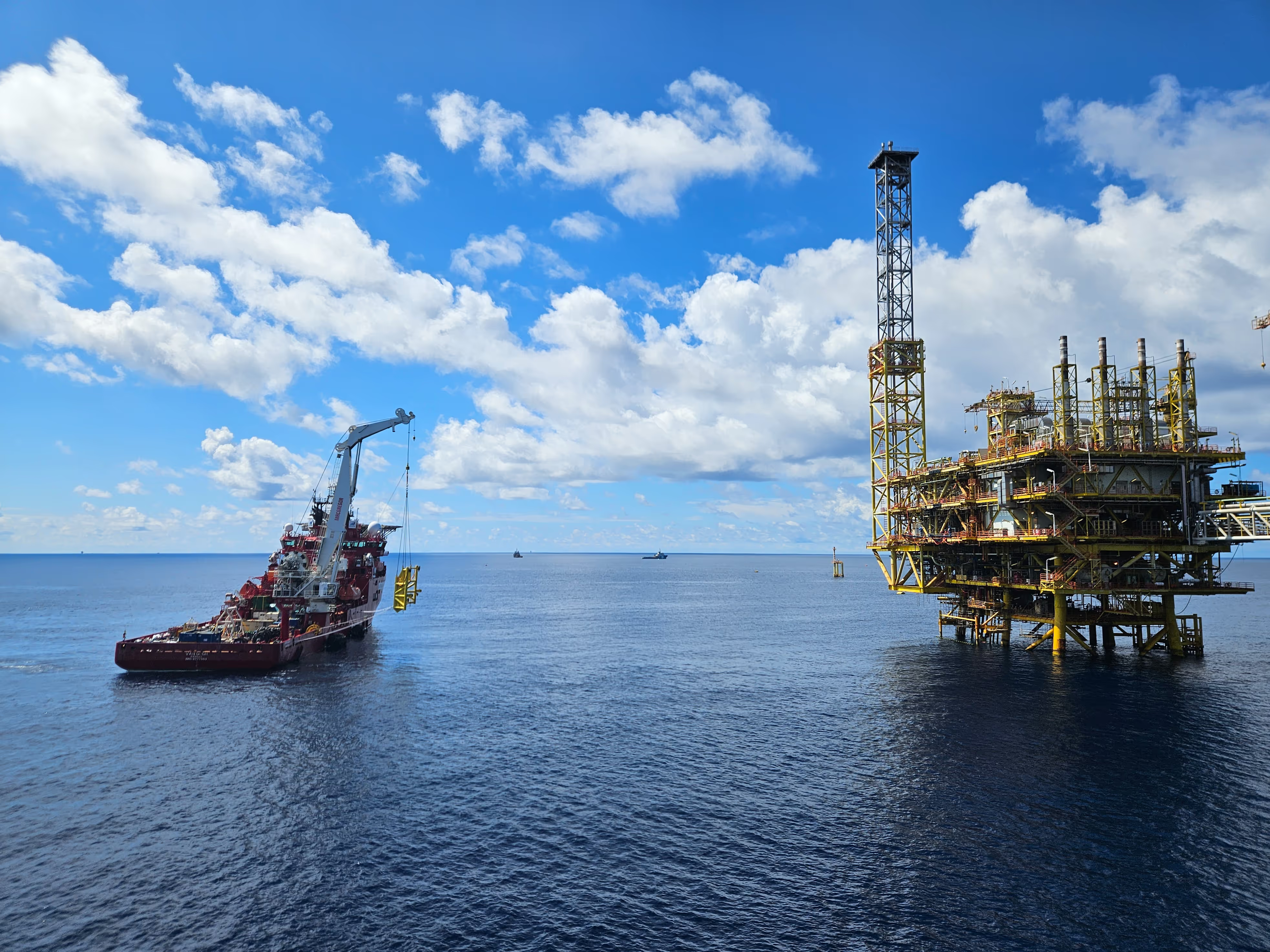Why did Conbit develop the SL900 Lifting System
Conbit introduced the SL900 series to address the growing demand for cost-effective and flexible offshore lifting solutions, particularly for handling larger modules. Traditionally, temporary lifting systems were limited to smaller loads, typically up to 40 metric tonnes, which restricted their use for larger offshore projects. With the SL900, the capabilities of temporary lifting systems have been expanded, allowing them to handle loads exceeding 150 metric tonnes, filling a critical gap in the market.
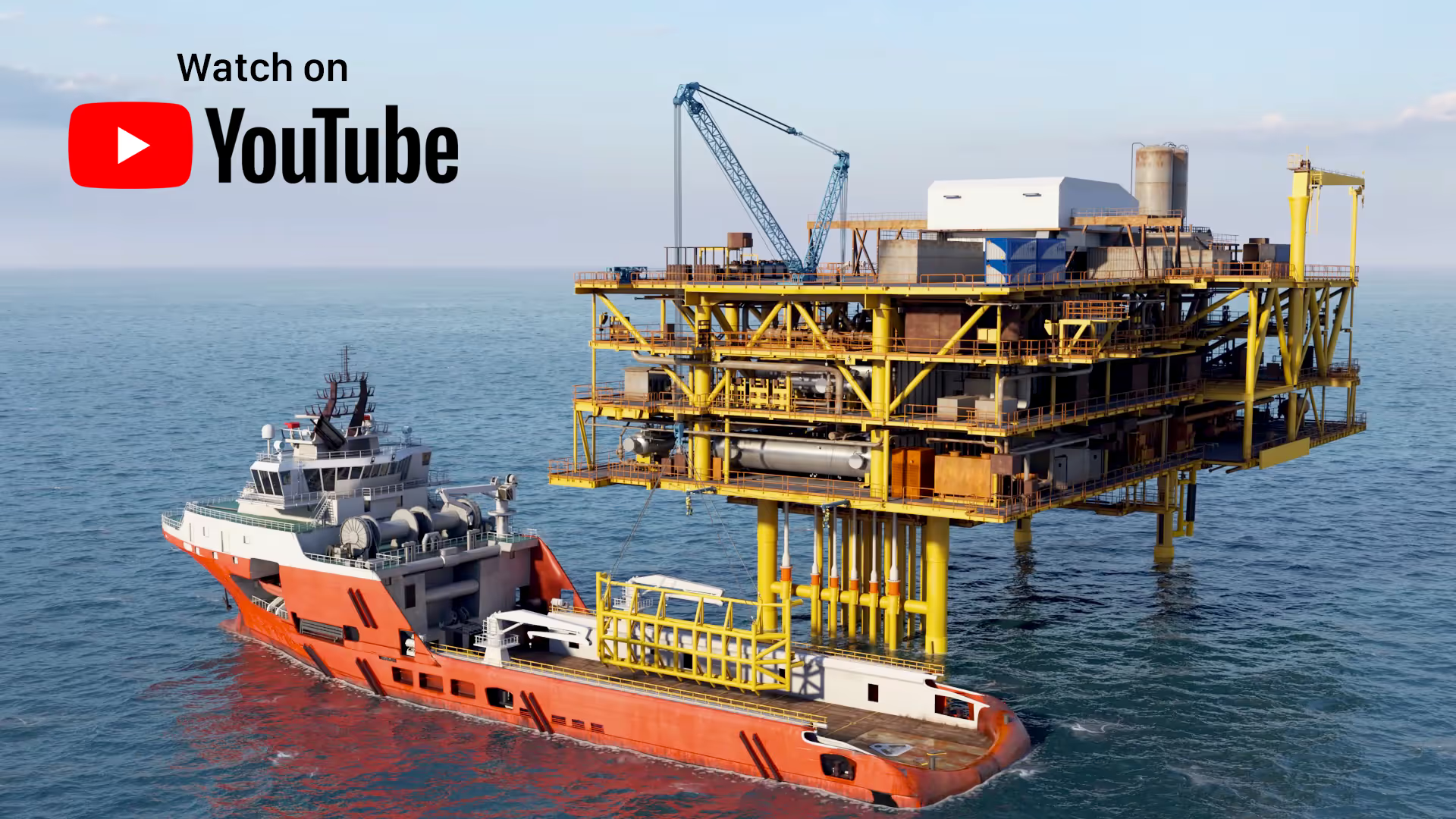
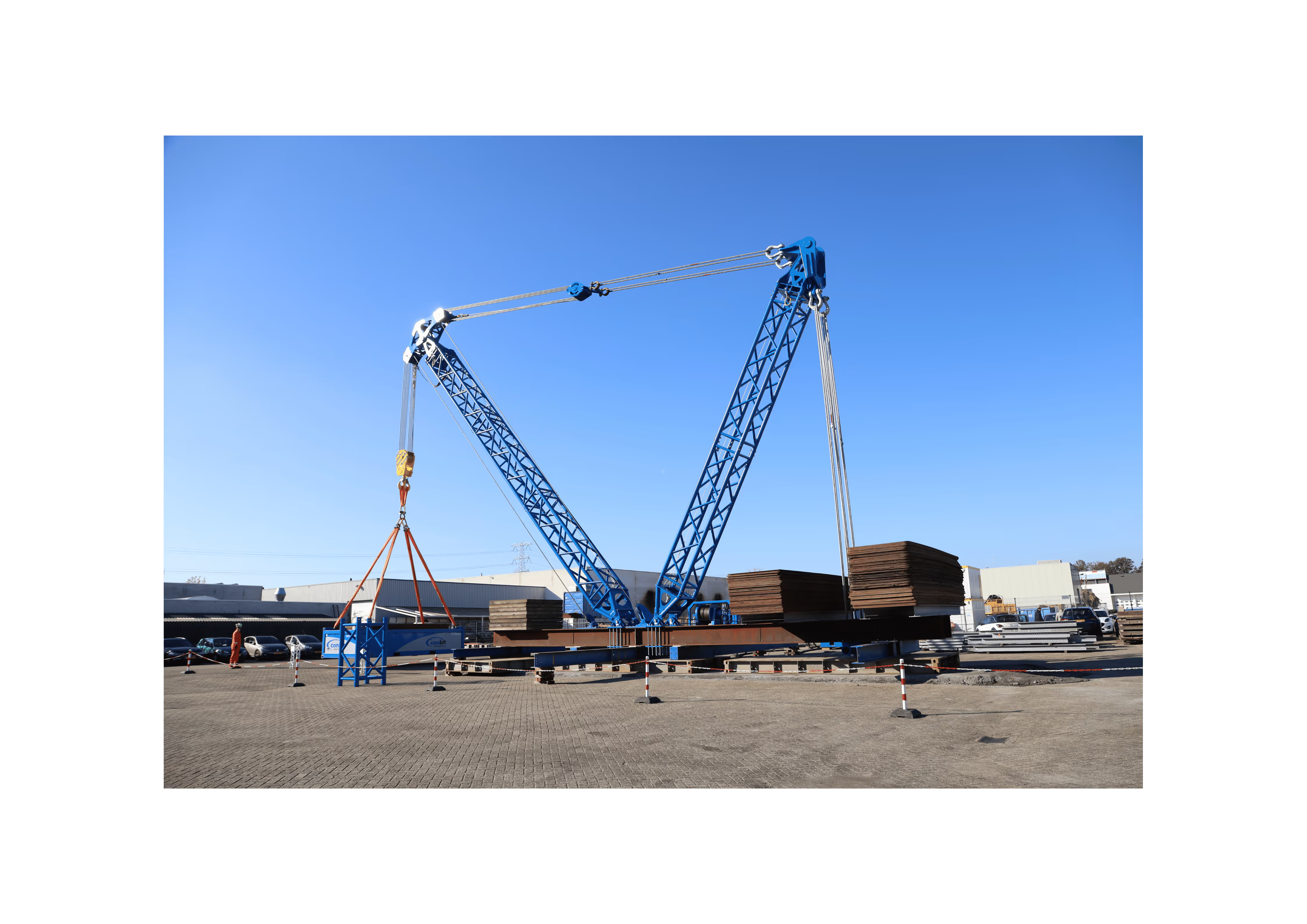
Advantage of Conbit's SL900 Lift System
One key advantage of the SL900 series is its modular design, which makes it scalable and easier to produce in response to demand. This flexibility is especially crucial in times of resource scarcity when securing a crane vessel can be challenging and expensive. Crane vessels, while powerful, are in limited supply, and the high costs associated with their mobilization, demobilization, fuel, and port calls often make them a less viable option for smaller or single modification projects. By contrast, the SL900 system can be mobilized quickly and cost-effectively, providing a more economically viable alternative.
Multiple lifting configurations with the SL900
Another significant benefit of the SL900 is its certification by DNV, a leading quality assurance organization. Temporary lifting systems are not always classified as standard cranes, which can lead to hidden costs related to certification and third-party approvals. Conbit has mitigated this risk by securing DNV approvals for the SL900's design, fabrication, and usage. This streamlines the approval process for new configurations, reducing delays and the potential for unexpected costs.
By offering a more affordable, flexible, and scalable lifting solution, the SL900 series provides an attractive alternative to crane vessels, making offshore modification projects more commercially feasible and helping operators improve platform efficiency.
Related Cases
Related Services
Lifeboat Davit Installation Services
Living Quarter Installation Services
Caisson Replacement Services
Crane Replacement Services
Boat Landing Installation Services
Flare Tip Replacement Services
Inspections
Modification
Maintenance
Installation
Decommissioning
Contact
We're here to answer your questions
You can contact us by phone or email. We’re looking forward to your questions!


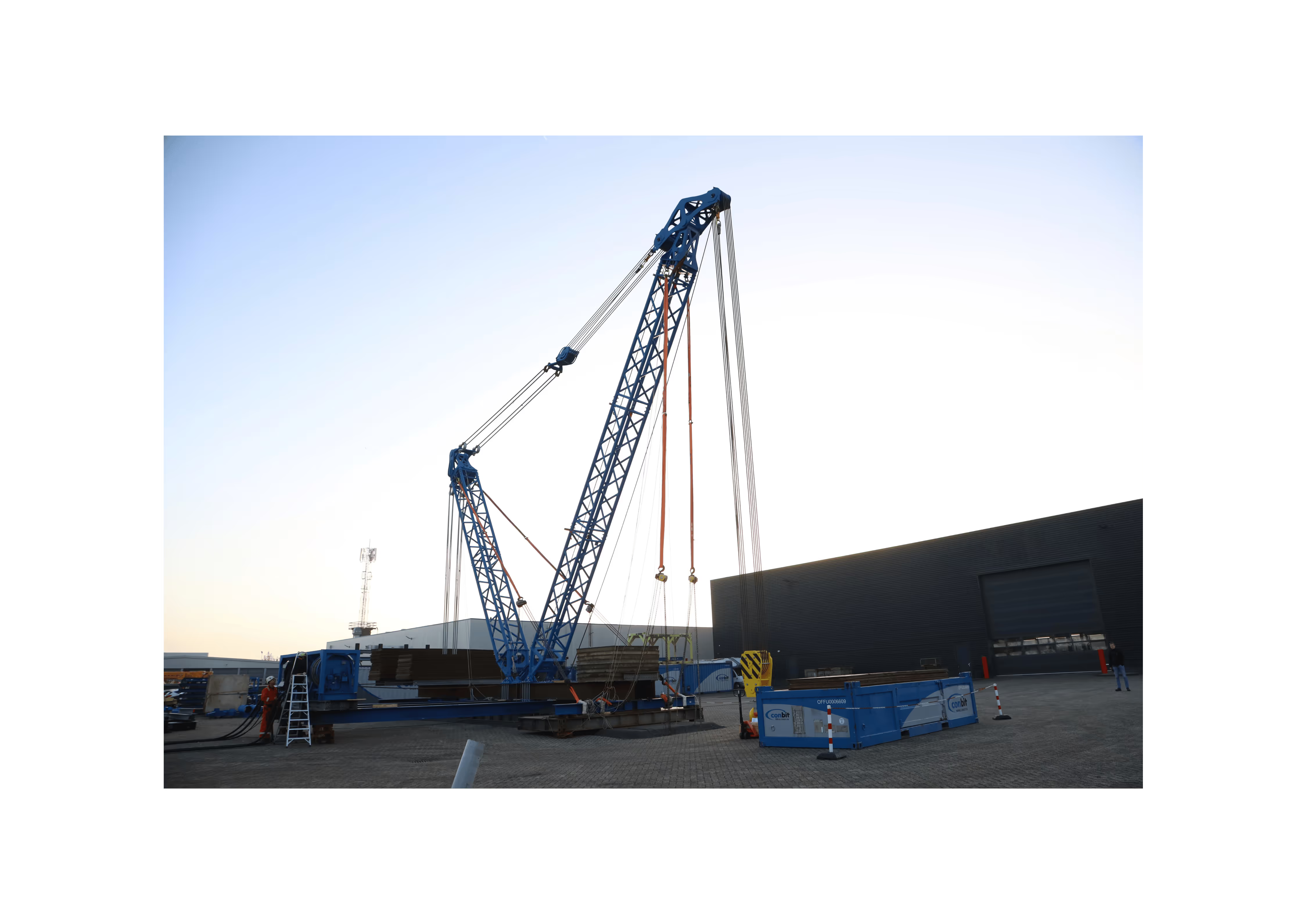
.avif)
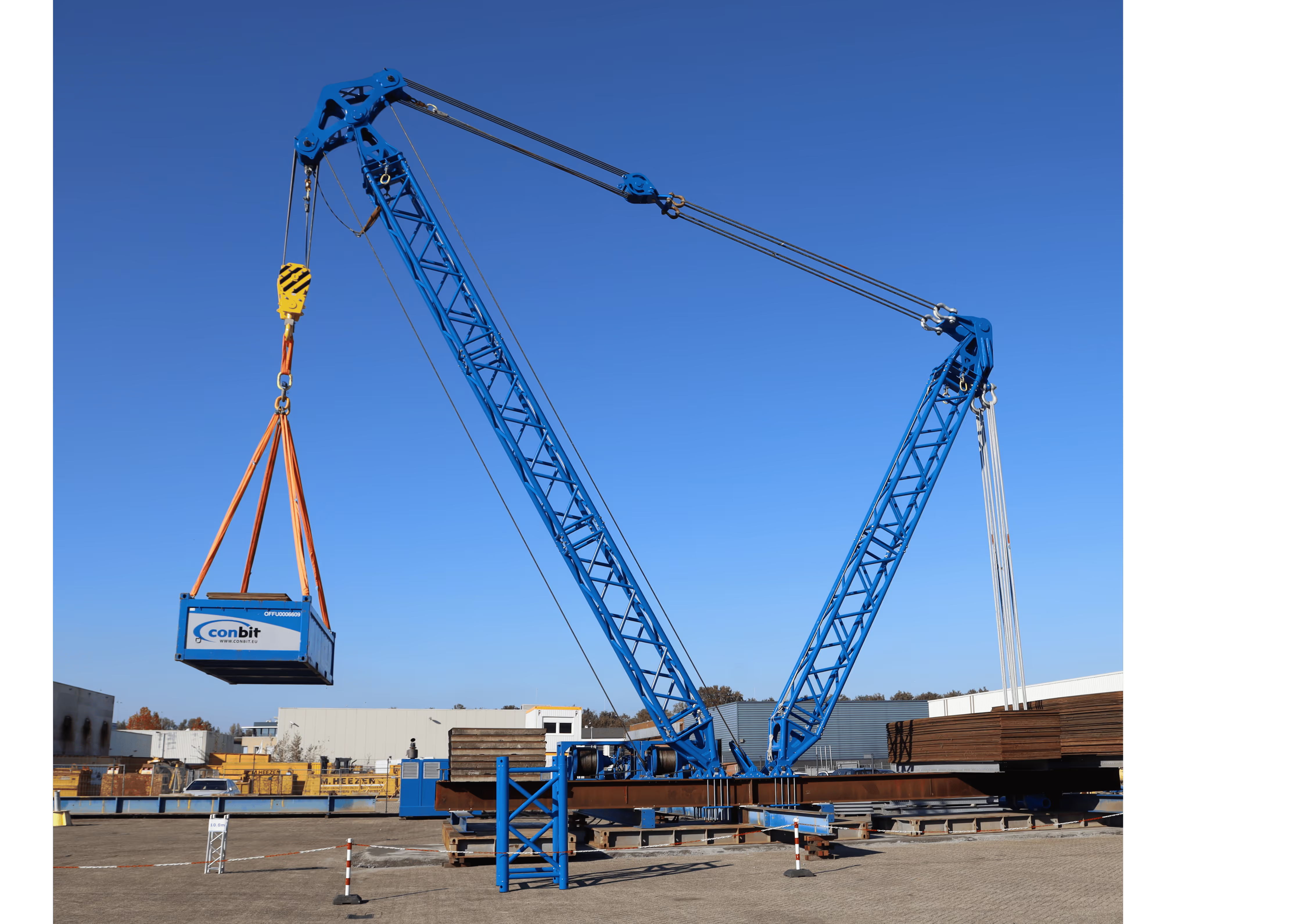


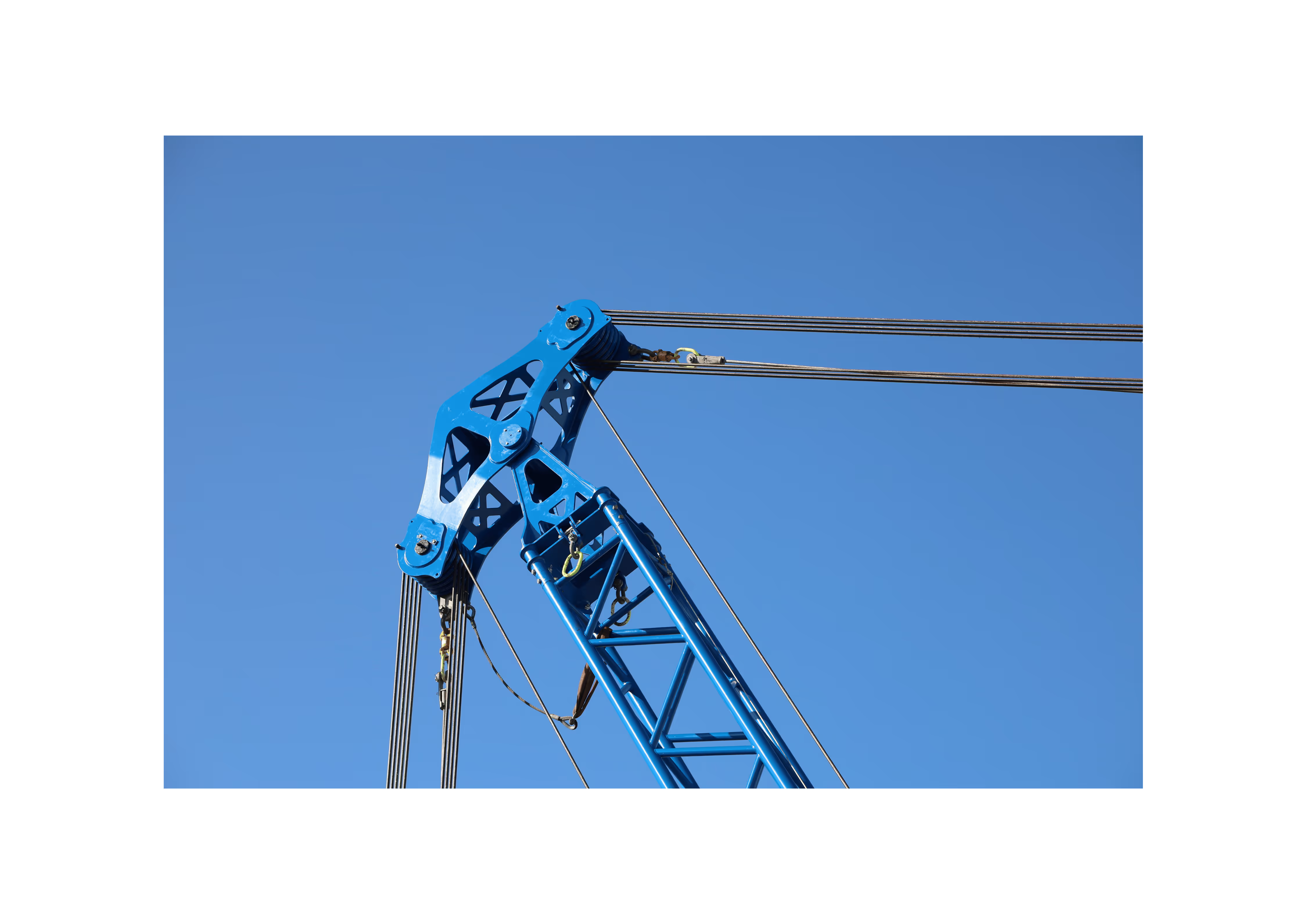
.png)
-1.avif)

